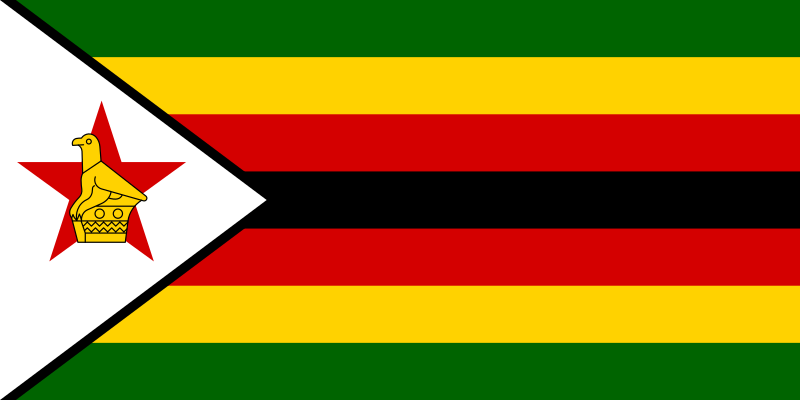 Translate
Translate
Transfrontier Conservation Areas
Lower Zambezi - Mana Pools Transfrontier Conservation Area


The Transfrontier Conservation Area (TFCA) lies along a spectacular stretch of the Zambezi River Valley, between the man-made lakes of Kariba to the west and Cahora Bassa to the east. Straddling the border between Zambia and Zimbabwe, the TFCA brings together two iconic national parks—Mana Pools in Zimbabwe and Lower Zambezi in Zambia—along with a network of adjoining safari areas and Game Management Areas. This mosaic of protected areas forms a vast, ecologically connected landscape that allows for the free movement of wildlife across the Zambezi River and offers a model for cross-border conservation in Southern Africa.
Mana Pools National Parks was recognized as a UNESCO World Heritage Site in 1984 based on its wildness and beauty. The pools so characteristic of the area are designated as a Ramsar Wetland Site.
The Zambezi River winds through a broad rift valley in this region, known as the Gwembe Trough upstream and the Zambezi Valley downstream. From the Kariba Gorge to the Mupata Gorge, the river flows slowly through a wide, flat floodplain teeming with life. The southern escarpment in Zimbabwe rises dramatically to over 1,200 metres, while the northern escarpment in Zambia forms a striking backdrop to the Lower Zambezi National Park. The terrain includes sweeping floodplains, meandering channels, oxbow lakes, and riverine forests that support one of the most intact ecosystems in the region. Vegetation types range from dense miombo woodlands on the escarpments to mopane and Faidherbia woodlands on the valley floor, interspersed with open grasslands and thickets.
Wildlife is abundant and diverse. Large mammals such as African elephants, hippos, and buffalo dominate the biomass, while antelope species like impala, waterbuck, kudu, eland, and zebra are commonly seen. Predators including lions, leopards, cheetahs, African wild dogs, and spotted hyenas are also well represented. The TFCA was once a refuge for black rhino, although most have been relocated due to poaching. Today, Mana Pools alone supports a significant elephant population—estimated at around 17,000 animals—and frequent wildlife crossings of the Zambezi are a testament to the area's ecological connectivity.
Birdlife in the proposed TFCA is equally remarkable. Over 400 species have been recorded, including important populations of African Skimmer, Carmine Bee-eater, and Lilian’s Lovebird. The area is particularly rich in species associated with the Zambezian Biome, especially in the miombo woodlands and escarpment areas. Raptors, waterbirds, and forest specialists also find critical habitat here, making the TFCA a significant site for bird conservation on a continental scale.
Beyond its ecological value, the TFCA is a landscape of outstanding natural beauty and cultural significance. Mana Pools is a UNESCO World Heritage Site, recognised for its pristine wilderness and biodiversity. The Lower Zambezi, while less known internationally, offers similarly exceptional wildlife experiences. The shared management of this cross-border conservation area strengthens efforts to protect habitats and species, supports sustainable tourism development, and fosters collaboration between local communities, park authorities, and governments.
The creation of the TFCA reflects a broader vision of regional conservation, where ecosystems are managed holistically rather than within artificial political boundaries. It offers a model for ecological integrity, resilience, and inclusive development in one of Africa’s most biologically rich river corridors.
Wildlife is abundant and diverse. Large mammals such as African elephants, hippos, and buffalo dominate the biomass, while antelope species like impala, waterbuck, kudu, eland, and zebra are commonly seen. Predators including lions, leopards, cheetahs, African wild dogs, and spotted hyenas are also well represented. The TFCA was once a refuge for black rhino, although most have been relocated due to poaching. Today, Mana Pools alone supports a significant elephant population—estimated at around 17,000 animals—and frequent wildlife crossings of the Zambezi are a testament to the area's ecological connectivity.
Birdlife in the proposed TFCA is equally remarkable. Over 400 species have been recorded, including important populations of African Skimmer, Carmine Bee-eater, and Lilian’s Lovebird. The area is particularly rich in species associated with the Zambezian Biome, especially in the miombo woodlands and escarpment areas. Raptors, waterbirds, and forest specialists also find critical habitat here, making the TFCA a significant site for bird conservation on a continental scale.
Beyond its ecological value, the TFCA is a landscape of outstanding natural beauty and cultural significance. Mana Pools is a UNESCO World Heritage Site, recognised for its pristine wilderness and biodiversity. The Lower Zambezi, while less known internationally, offers similarly exceptional wildlife experiences. The shared management of this cross-border conservation area strengthens efforts to protect habitats and species, supports sustainable tourism development, and fosters collaboration between local communities, park authorities, and governments.
The creation of the TFCA reflects a broader vision of regional conservation, where ecosystems are managed holistically rather than within artificial political boundaries. It offers a model for ecological integrity, resilience, and inclusive development in one of Africa’s most biologically rich river corridors.










